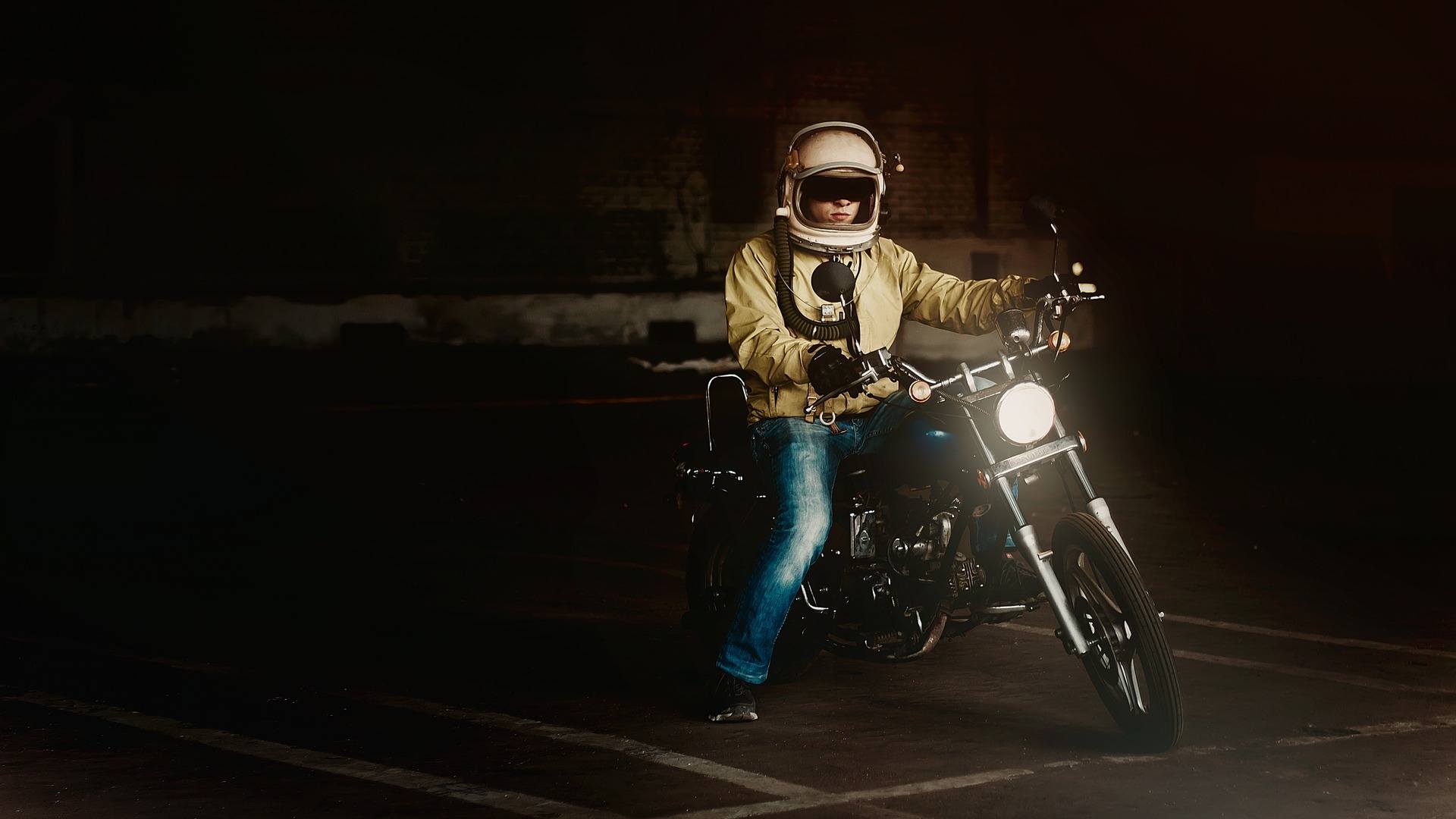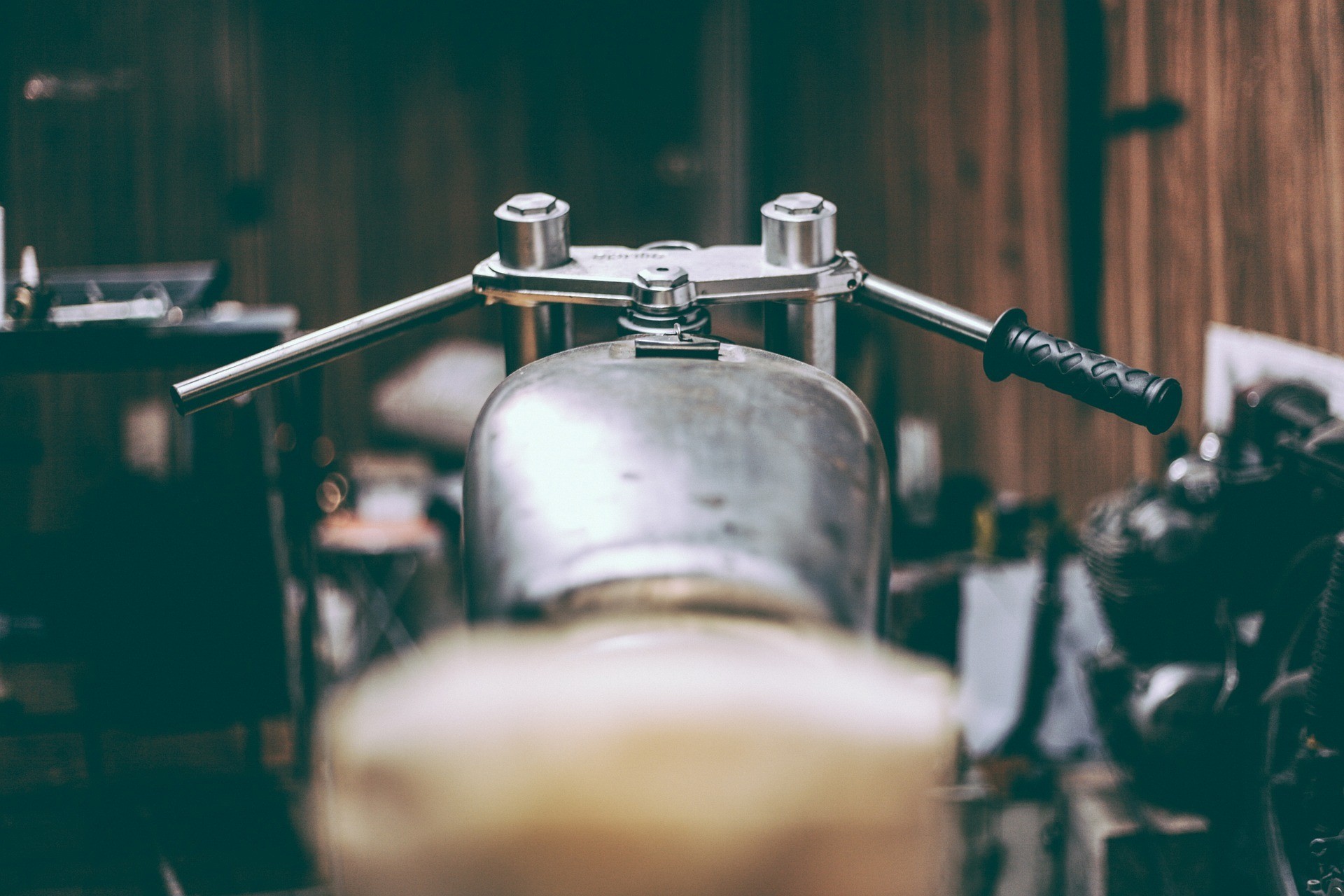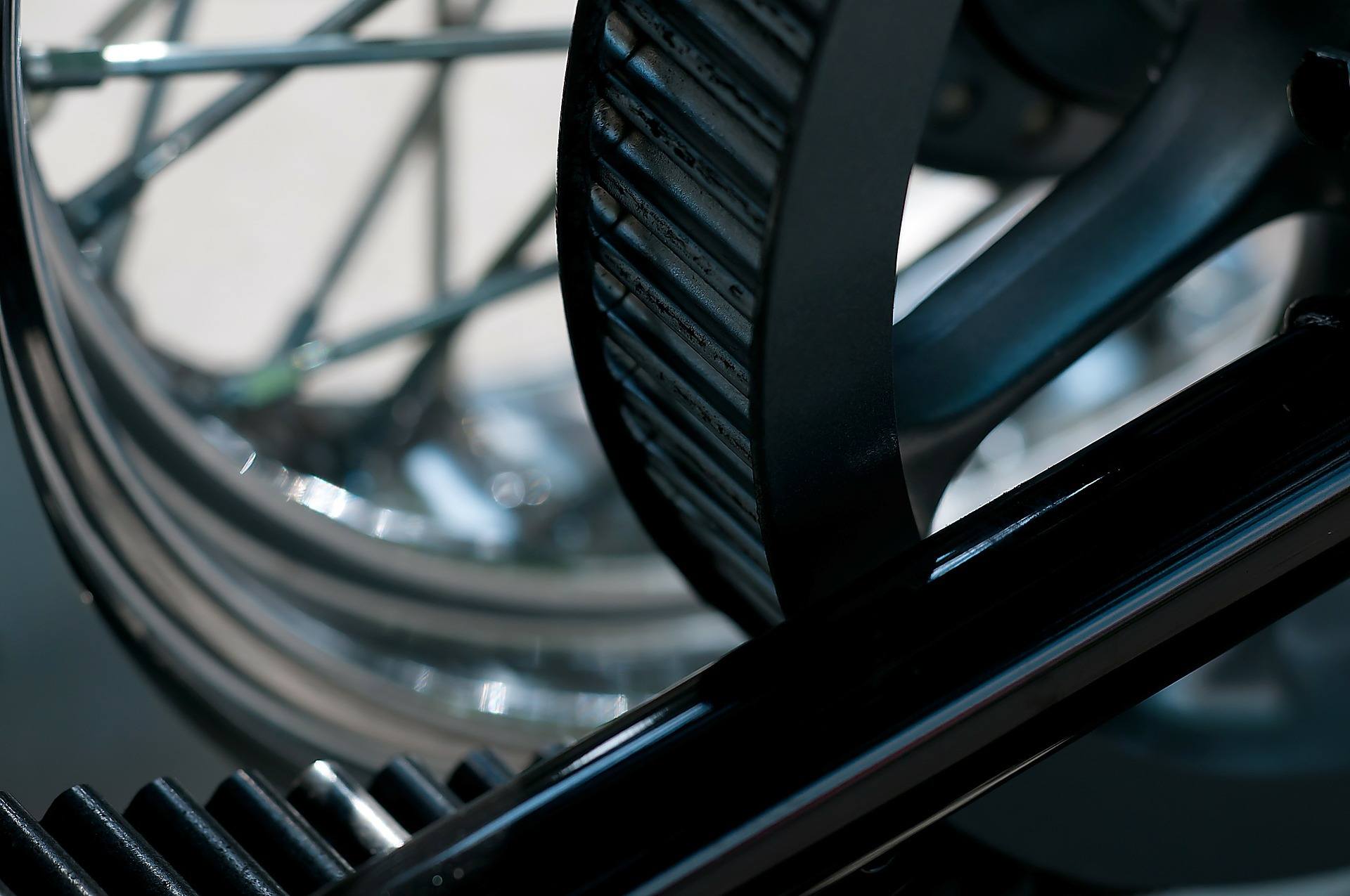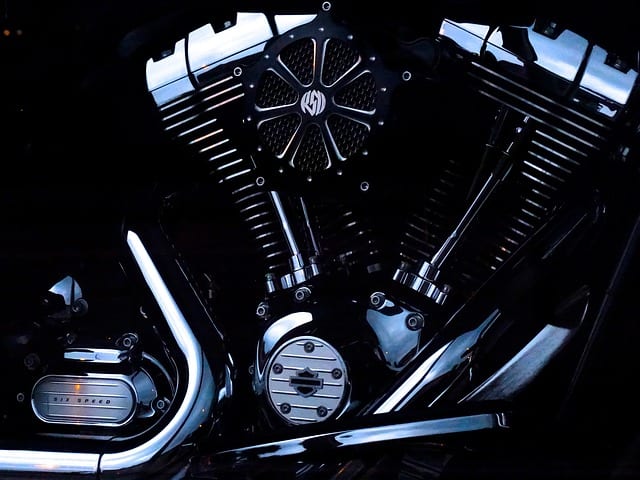For decades, people have believed that most motorcycle engines won't last more than about 20,000 miles, and have hesitated to buy used bikes above that mileage.
The truth is that a motorcycle can last much longer than that, extending the value of the motorcycle investment for many years.
All it takes to keep a motorcycle running for decades is some regular care and maintenance.
When purchasing a motorcycle for long-term enjoyment, here are some things to take into account:
What Is The Brand Reliability?
According to Consumer Reports, Yamaha, Suzuki, and Honda are the most reliable motorcycles after 4 years of ownership, while Ducati, BMW, and Can-Am have the worst long-term reliability.
What Is The Engine Size?
A bigger engine lasts longer, because individual engine components take less effort to produce the same output.
Driving at 45mph causes more stress and wear on a 400cc engine than a 1000cc engine.
Carburetor Or Fuel Injection?
Modern motorcycles have electronic fuel injection systems. T
hese systems automatically adjust the ratio of air and fuel within the engine, based on the current driving conditions.
They reduce emissions, are more fuel-efficient, and extend the life of valves, spark plugs, piston rings, and other engine components.
Furthermore, the rider does not need to warm up the motorcycle or manually adjust the carburetor based on current altitude or driving conditions.
However, a fuel injection system is more difficult and costly to repair and replace.
Old-school motorcyclists travel long distances with tools and kits that would allow them to make roadside repairs to a carburetor.
That's just not possible with a fuel-injection system.
With a little bit of regular care and maintenance, a fuel injection system can last as long as the motorcycle engine itself.
They can be difficult and expensive to repair or replace, particularly on an older fuel-injected model.
A carburetor, on the other hand, requires more maintenance and effort on behalf of the rider, but can be repaired or replaced nearly indefinitely.
Once the bike has been purchased, there are a few ways the owner can extend the life of the motorcycle, helping to ensure years of enjoyment.
Also Read: 7 Best Motorcycle Helmet Brands
When Riding:
Warm up the engine. If the motorcycle has a carburetor, always allow the engine to warm up for a minute or two before driving.
Allow longer warm-up times in cold weather. If the engine is fuel-injected, this isn't necessary.
Practice good driving habits. High speeds, sudden stops, and fast starts put more wear and stress on the engine.
Smooth and consistent braking and accelerating reduce wear and tear.
Be attentive to driving conditions. Driving on dirty or dusty roads produces particulate matter that gets trapped in engine oils and lubricants, and clogs engine filters.
Fill it with quality gasoline. Use pure unleaded gasoline without ethanol gives motorcycle engines the best performance and fuel efficiency.
All motorcycles require routine maintenance to preserve the life of the motorcycle.
Refer to the owner's manual and to the dealer's warranty and perform all recommended maintenance at the proper intervals.
Every 300-600 miles:
Clean and lubricate the chain. The chain should be cleaned before every lubrication, to prevent particulates from forming a gritty paste that can damage the chain.
Use a cleaner specifically designed for the chain, and never clean it with a pressure washer or a harsh wire brush.
Apply lubricant to the clean chain.
Use a lubricant specifically designed for the chain, and allow ample time (overnight is best) for the solvents to evaporate and the new lubricant to penetrate before riding.
Every 6 months or 4000 miles:
Change the engine oil. Oil accumulates dirt over time, which makes it less effective, while not enough oil may damage the engine.
Regularly draining and replacing it is essential for a well-functioning engine.
Use a high-quality synthetic oil for the best performance and longevity of the engine.
Check the oil filter. The oil filter cleans out particulate matter that may have been caught in the oil, and can get clogged particularly if conditions are harsh and dusty.
While changing the oil, check the oil filter and replace it if it is dirty.
Inspect cables. Also while changing the oil, check the control cable and clutch cable. Repair or adjust these if necessary.
Check lubrication. It may be necessary to lubricate suspension linkages, steering-head bearings, the swingarm, or wheel bearings.
Turn these slowly by hand, checking for rough spots, looseness, or binding, and lubricate as necessary.
Check and top-up other fluids every six months.
Once a year:
Check the wheel bearings. Worn or damaged wheel bearings will cause poor handling and may collapse and lock the chain.
If the wheel bearings are worn, always replace them with the exact same type.
Replace the air filter. Air filters protect dirt from getting inside the engine, and they get clogged over time, leading to poor engine performance.
Every two years:
Drain and replace the brake fluid. Brake fluid is hydraulic fluid, operating under pressure to move the components of a motorcycle's braking system.
Drain and replace coolant. Engine coolant breaks down and loses effectiveness over time, even with regular topping-up during routine maintenance.
Every two years, coolant should be drained and replaced.
Interesting read: Best motorcycle GPS reviewed
Caring for the bike while in storage:
If the motorcycle will be idle for long periods, store it carefully.
If it must be stored out in the weather, use a quality cover to protect it from rain and water damage.
Consider applying a wax or grease to prevent rust or salt damage, and wash it off before returning to the road.
Following these tips will extend the life of a motorcycle well past 20,000 miles.
It's not unreasonable to expect a well-built, well-maintained, well-ridden motorcycle to last 100,000 miles or more.

David Williams is an author with a passion for motorcycles and all things related to the world of two-wheeled vehicles. His expertise is evident on his website, The Moto Expert, where he shares his knowledge and insights with fellow enthusiasts. Follow him on social media to stay up-to-date on the latest motorcycle news, reviews, and trends. Whether you’re a seasoned rider or just starting out, David’s content is sure to inform and entertain. Join his community and become a part of the conversation today.





